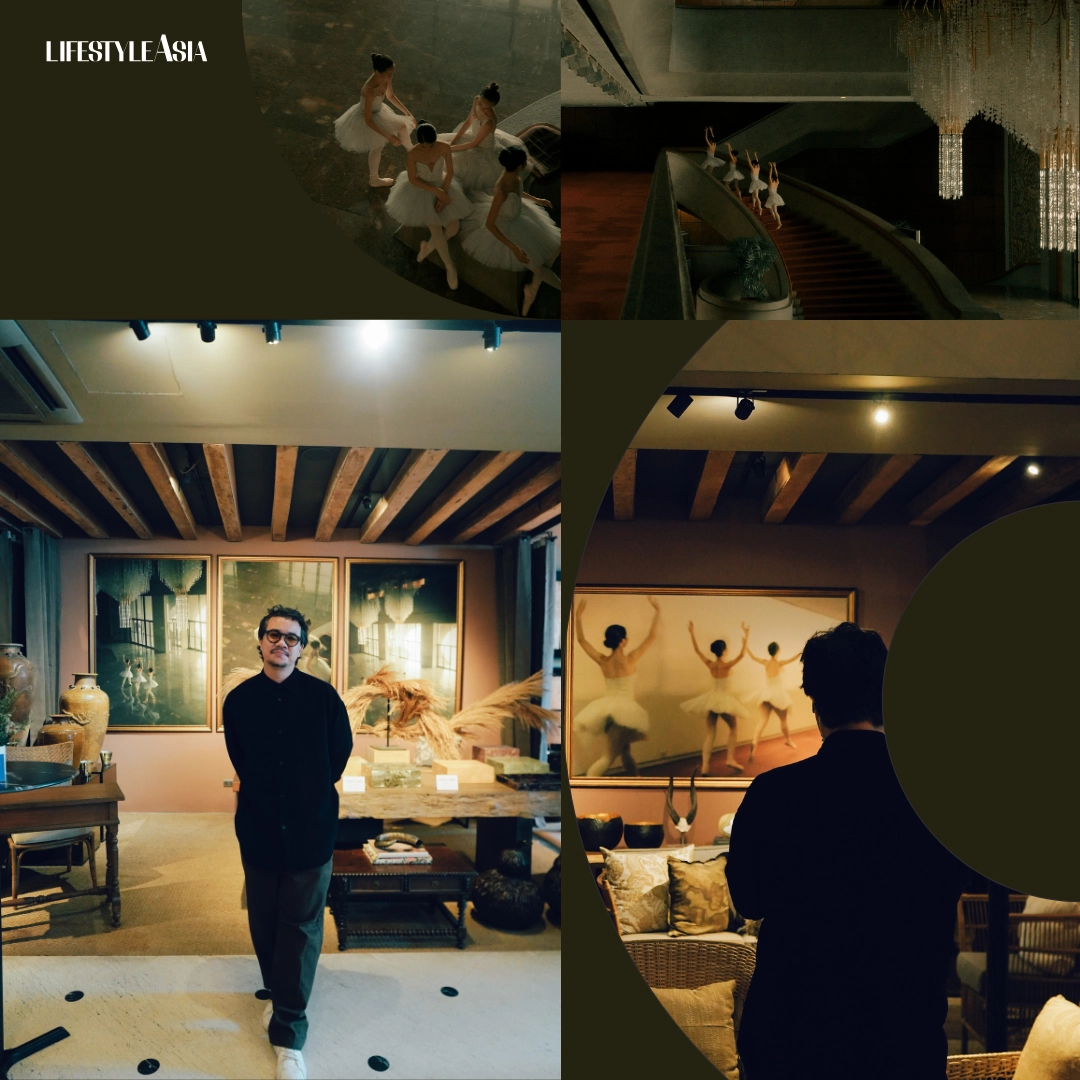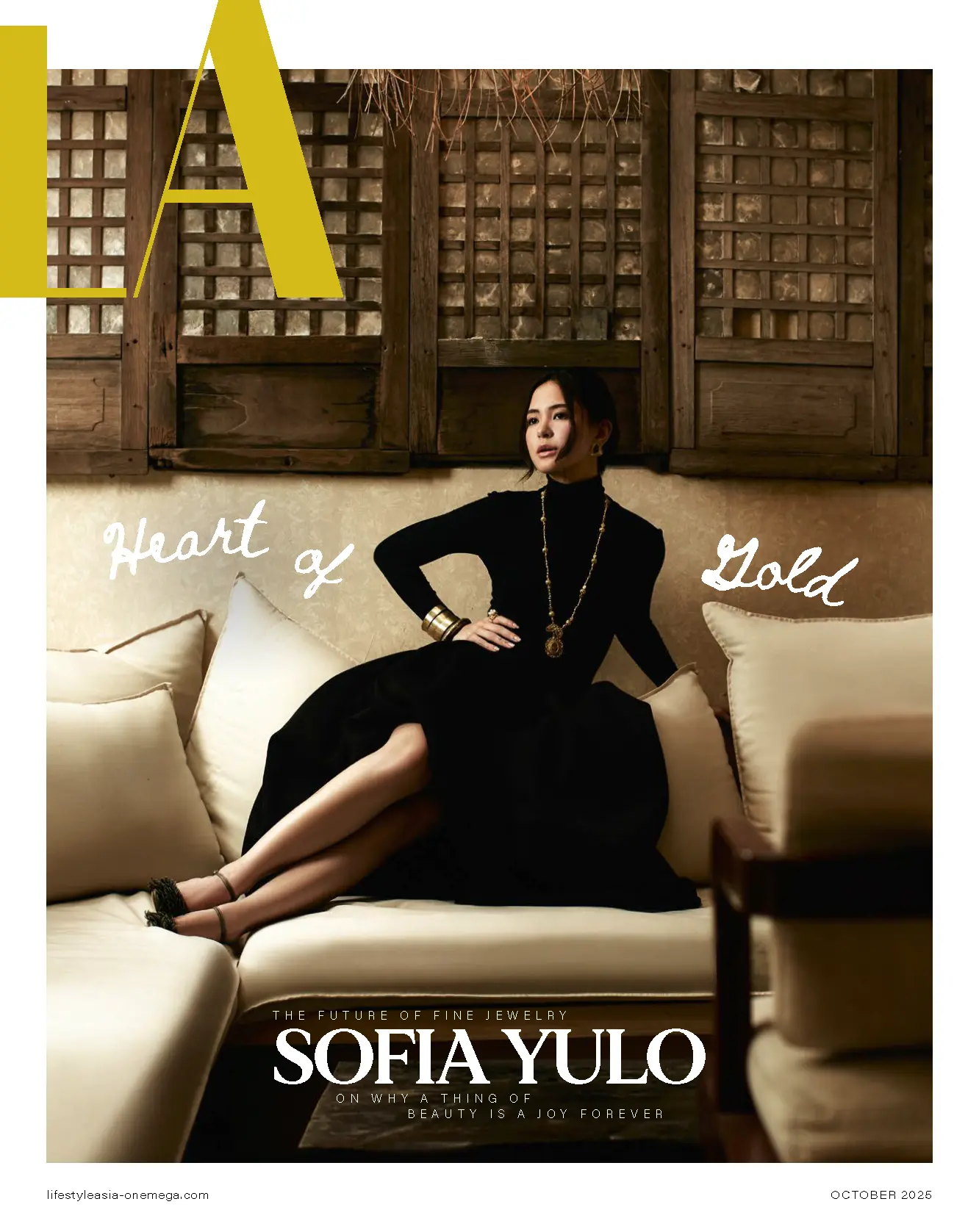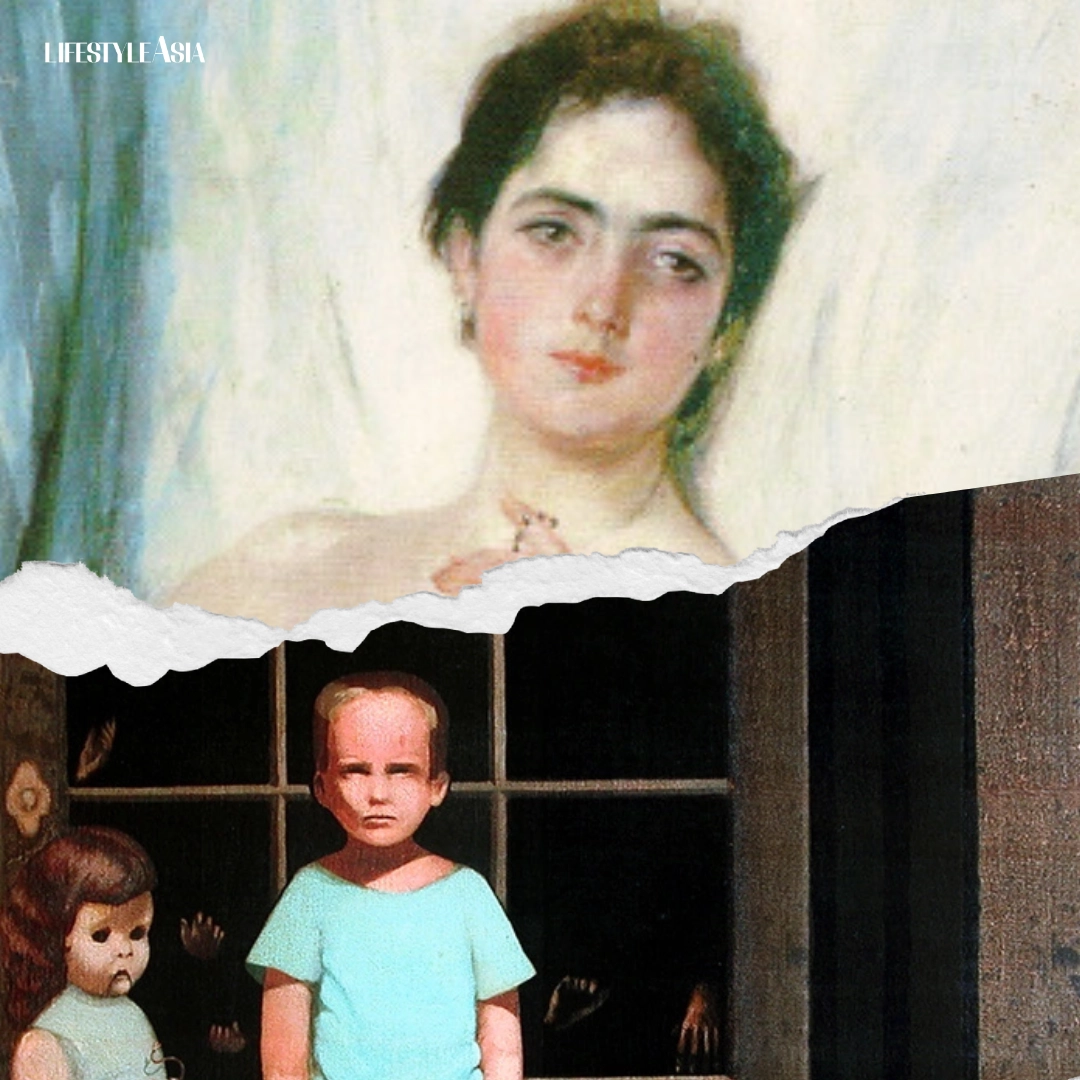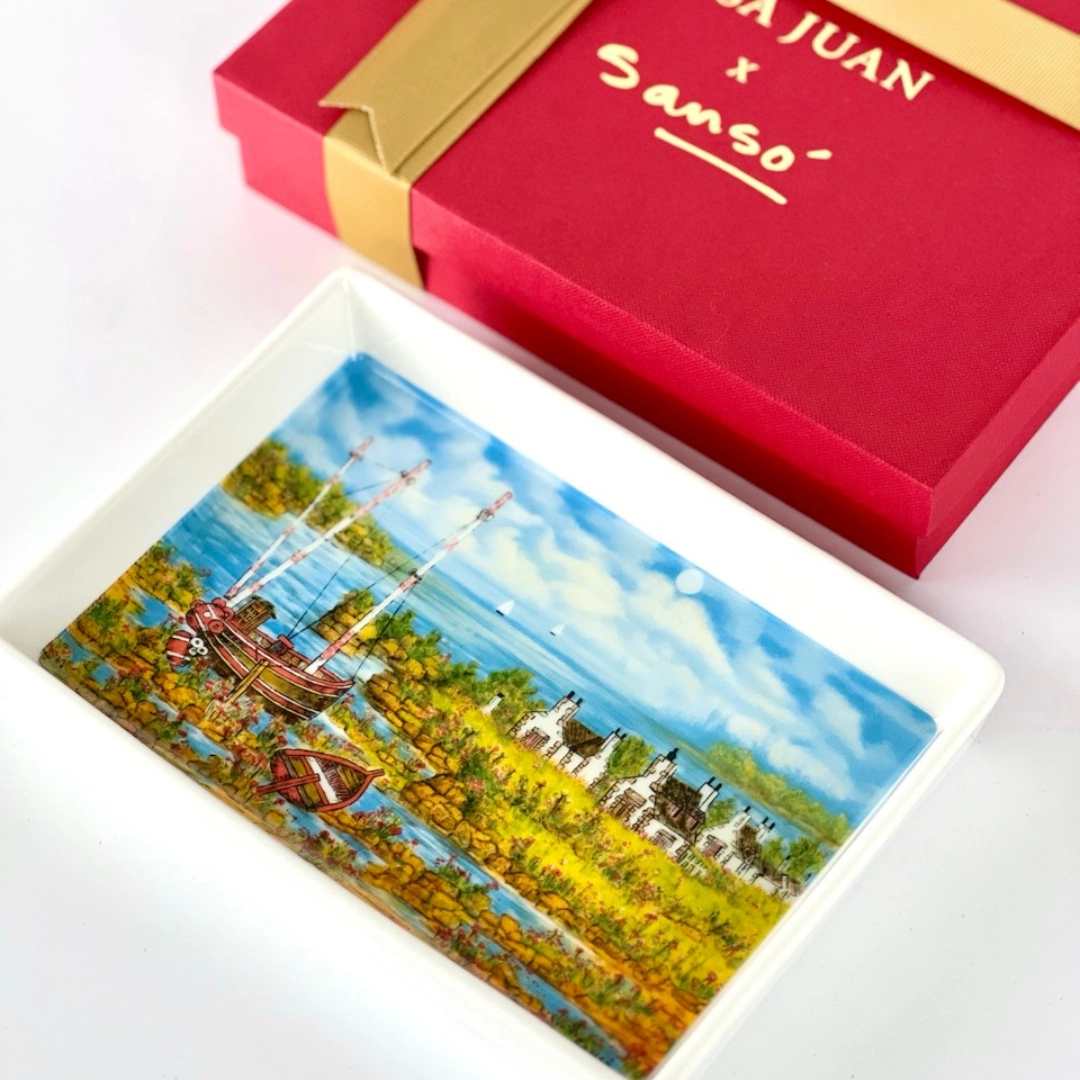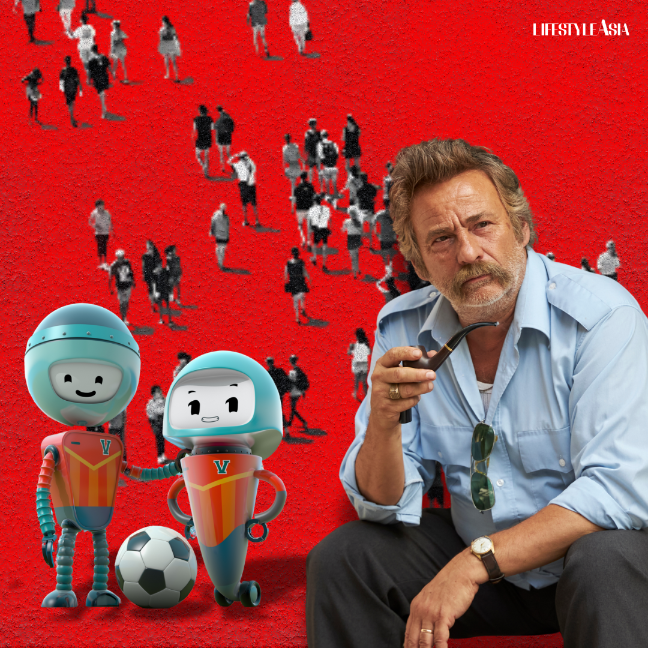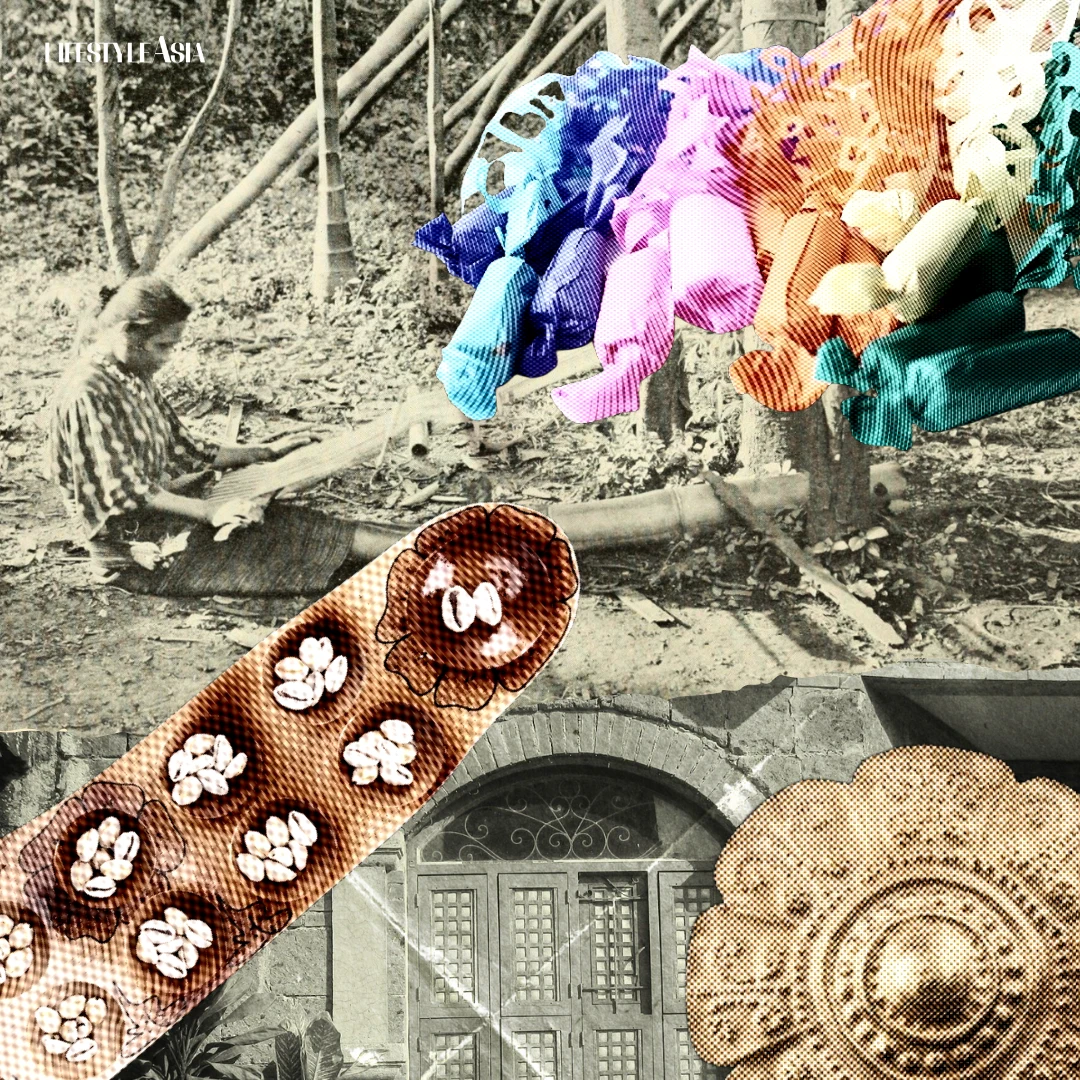Artu Nepomuceno discusses the essential role of art and photography in today’s world during the exhibition of his collection, Parabellum.
Lifestyle Asia’s first Art After Dark was not just a celebration of the brand’s June 2025 style and expression issue, but also an experience that examined the intersections between culture and creativity, fostering meaningful conversations in the process. At the center of it all is Parabellum, a photography exhibition by Artu Nepomuceno that juxtaposes the soft, lithe figures of ballerinas in motion with the arresting brutalist interiors of the Cultural Center of the Philippines.

Artu Nepomuceno shared his insights on the collection of photographs in conversation with Lifestyle Asia Chief of Editorial Content Kerry Tinga, giving Art After Dark’s guests a deeper understanding of the process and ethos behind his works.
READ ALSO: Lifestyle Asia Launches Its “Art After Dark” Series
First off, can you tell us about Parabellum?
Artu: Parabellum is a series I unconsciously started back in 2017. I had a five minute window—okay, maybe 10 minute window, to photograph these ballerinas during a break, in between a shoot actually. And I asked the ballerinas if they could just dance, just practice and move around CCP. I held onto it [the collection], not really knowing that it would mean something to me one day—I just felt like it was a very, very special shoot, and here we are.


What do you want guests to feel when they look at your work?
Artu: I had a really, really nice conversation with Bea [Elizalde, Lifestyle Asia’s June 2025 cover star] a while ago, and she said when she saw the images, she was reminded that the CCP was a playground [for her], once upon a time. So I think the way I’d like anyone to see the images is through their own personal experiences. If it means something to you, then it means something to you.
In six days, I’m going to be a dad. My wife will go into labor, and we’re going to have our little girl. And I’d like very much to think that these images hanging in our own walls at home will also inspire her to express and feel emotions, know that it’s safe to have feelings and be in a space where you’re accepted.
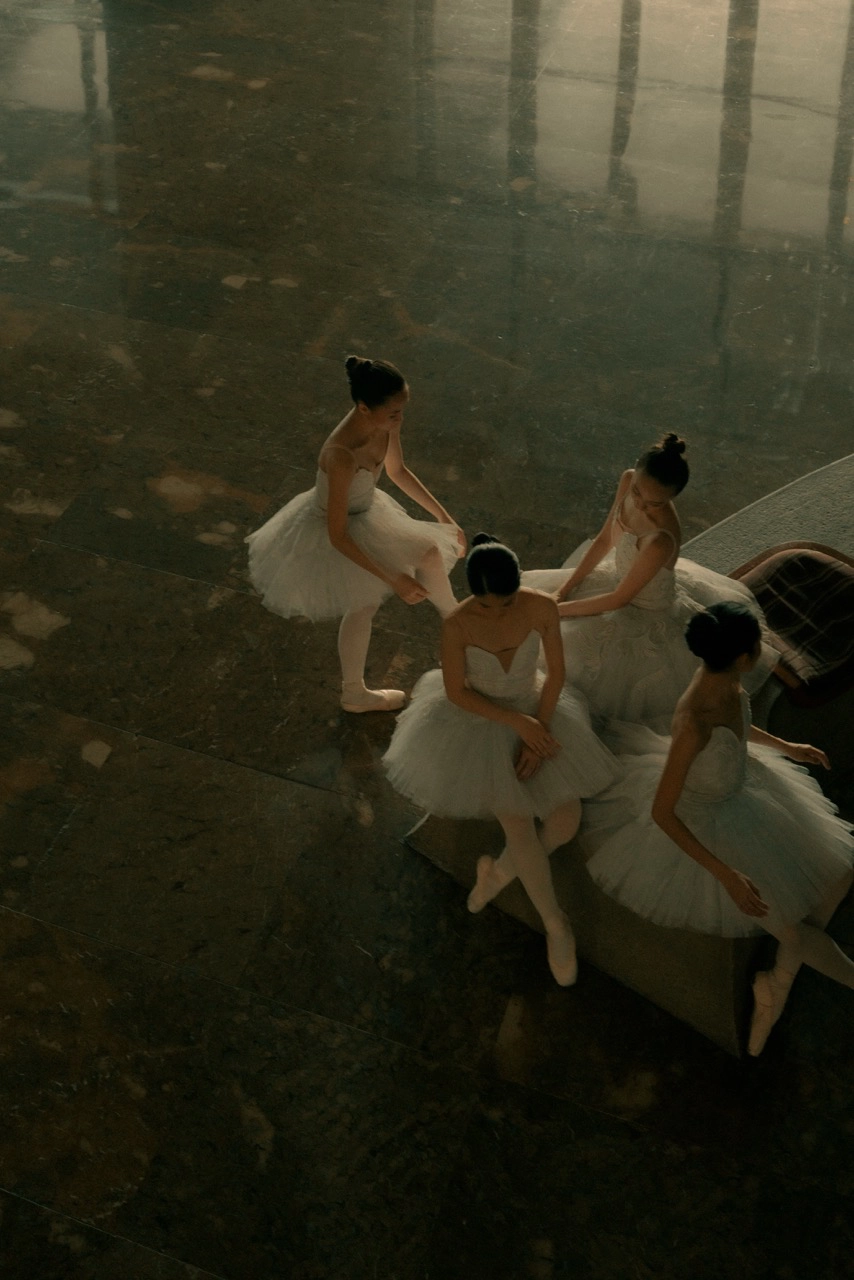


“I believe that art is useless until it isn’t. What I mean by that is, art—whether it’s poetry, visual art, or dance—only means something to you when you go through something personal in your life.”
Is there anything you want to impress on the audience, on why art is important in the world? I know there’s a special meaning behind the title of the exhibit, Parabellum.
Artu: I think the timing of this exhibit, the timing of all of it, is quite serendipitous. ‘Parabellum’ means ‘to prepare for war.’ This name wasn’t created because of the state of the world now—it was just a word I was in love with. It can start in the simple context of preparing for war to protect my children, my own daughter.
I believe that art is useless until it isn’t. What I mean by that is, art—whether it’s poetry, visual art, or dance—only means something to you when you go through something personal in your life. You lose someone, you earn someone; someone comes into your life, leaves your life; you go through some kind of crisis, anything personal or emotional. That’s the only time art means something to you.
Whether you’re sad or happy, when you look at the same artwork, it will mean something different. That’s what I feel about art now, and I’m just really happy to see everyone looking at my works.
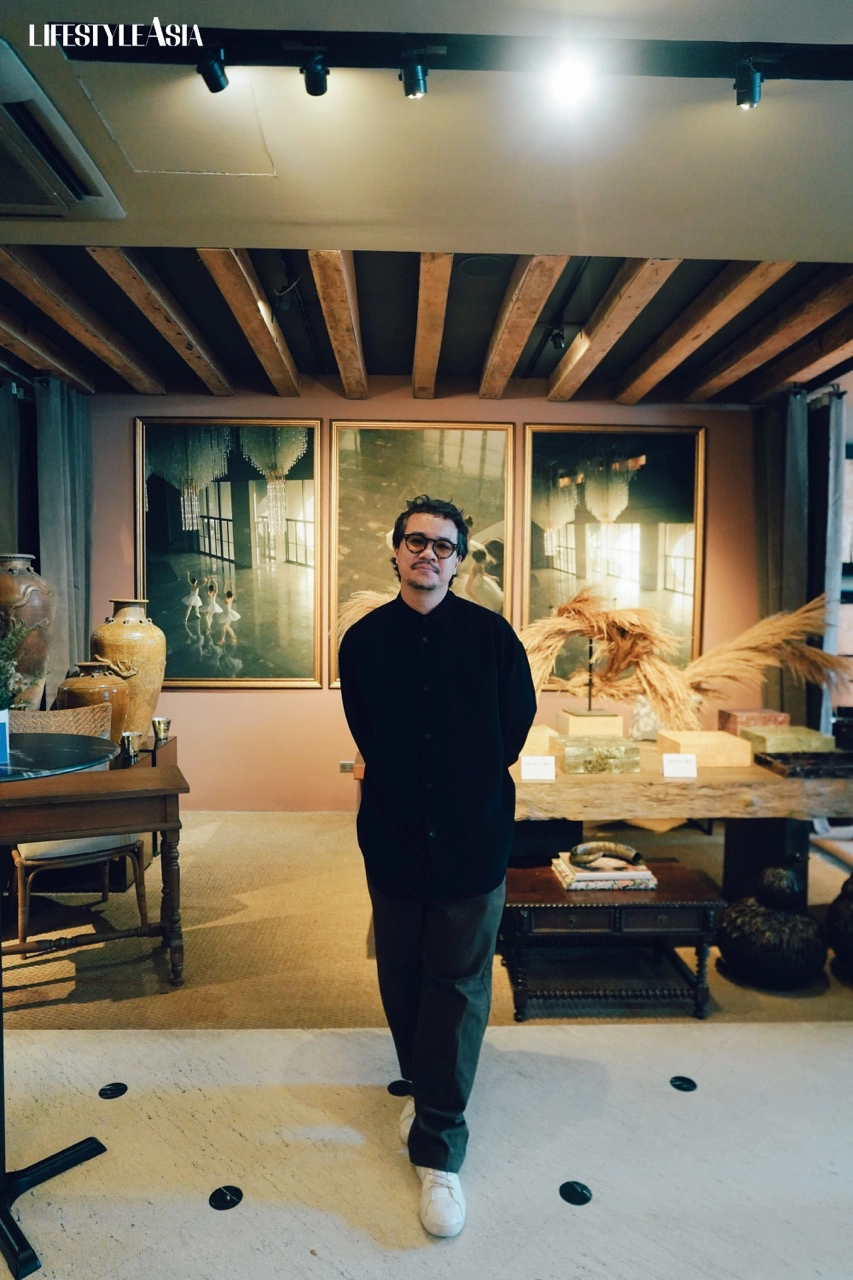
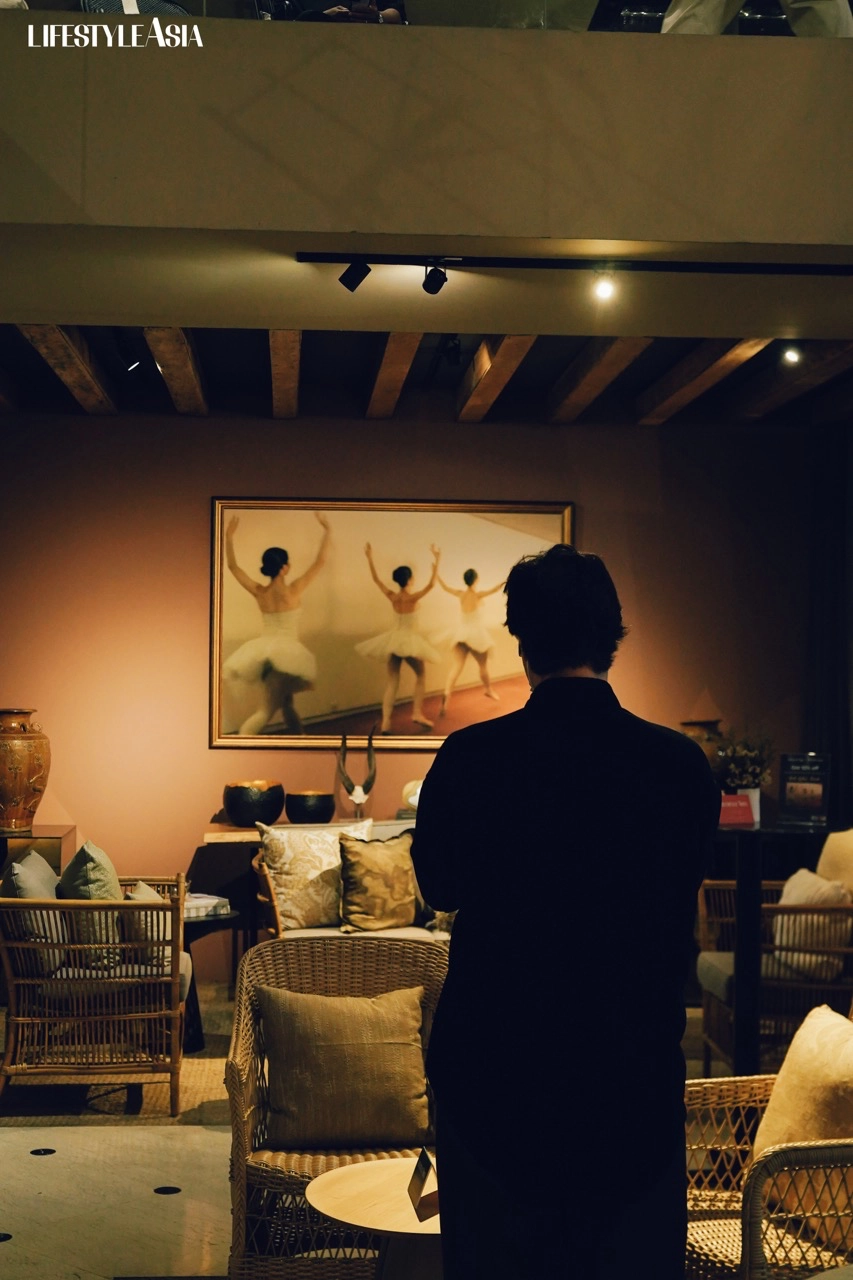
What do you think makes photography unique as an art form, and why should it be considered as ‘elevated’ as other traditional art forms?
Artu: That’s a very beautiful question, and I love that we’re talking about that now. I’m sure many of you here know that paintings, once upon a time, were a form of reporting and documenting history. When photography came in, it became the more convenient medium to report with. It became more accurate because it was literally photographing what was present, rather than interpreting what was going on.
Because of that, painting and other forms of expression became a means, not to report, but to tell you how an artist felt, how they expressed themselves, and how they depicted a moment in history. I think that is what’s happening today to photography: it’s a means of journalism that tells very accurate stories, but there’s also its power of expression. It’s a means to tell you what an artist is feeling, and show you a moment in history.
Little did I know that CCP would go through a restoration process. Now these photographs mean something, in many ways to many people, because this is the CCP many of us grew up in.
Art After Dark was co-presented by Security Bank Corporation and in partnership with Lexus Philippines.
Catch Artu Nepomuceno’s “Parabellum” at W17, located at Warehouse 17, La Fuerza Compound 2241 Chino Roces Avenue, Makati City. W17 is open from Monday to Saturday, 11 AM to 6 PM.
Photography by Kim Santos of KLIQ, Inc. (unless specified).
